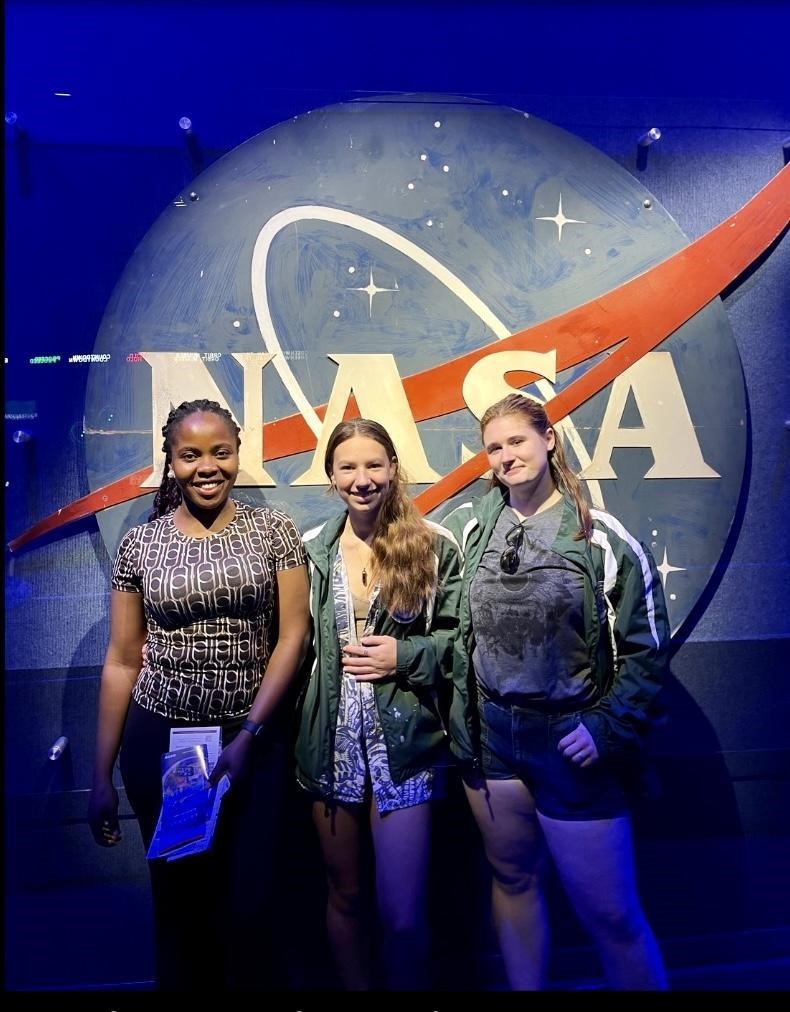Student Spaceflight Experiments Program Mission 17 Carried to Space in Recent Launch
The recent launch of SpaceX CRS-29 from NASA Kennedy Space Center carried an experiment from a team of local student researchers. Clarkson University and Harrisville Central School District collaboratively participated in the Student Spaceflight Experiments Program (SSEP) Mission 17 to the International Space Station (ISS).

SSEP is a remarkable international STEM education initiative that allows students worldwide to design, propose, and send real experiments into low-Earth orbit, first aboard the final two flights of the Space Shuttle and then to the International Space Station. Students design experiments in diverse fields, such as seed germination, crystal growth, and studies of micro-aquatic life. SSEP is designed to inspire and engage America’s next generation of scientists and engineers.
The team from Harrisville Central School sent their experiment, titled “The Effects of Microgravity on the Reproduction Cycle of Drosophila Melanogaster (Common Fruit Fly),” into flight for SSEP Mission 17 to ISS. The students in Mission 17 will compare the outcomes of their experiment to the results from the same research on Earth.
The Harrisville school team includes science teacher Nicole Taylor and students Nadia Atkinson and Maia Bernhard. Together, they worked with a team from Clarkson, including Ph.D. student Ogechukwu Ofodum, Biology Professor Ginger Hunter, and Katie Kavanagh and Seema Rivera, the Director and Associate Director of Clarkson’s Institute for STEM Education, respectively.
According to the student’s research, fruit flies, specifically Drosophila melanogaster, are among the most commonly used insects in genetic research. Because of this, it is vital to learn as much as possible about the fruit fly’s environment, including how microgravity affects it. The students sent out fruit fly specimens to measure how different environments affect the lifecycle and the mortality rates of pupae and adults. To do this, the number of larvae, pupae, and adults will be counted upon return to Earth from the ISS and compared with the control experiment on Earth. The hypothesis of this experiment is that the fruit flies will breed slightly less, and mortality will be higher, than in the control experiment conducted on Earth. These results could lead to the generation of more efficient ways to source fruit flies for genetic experiments in space, as well as further conclusions about how microgravity affects the lifecycle of other animals that have similar DNA.
Thank you to Corning Incorporated and the Corning Incorporated Foundation for their support of this program, which allows students in the North Country to compete in this Space Challenge.
The Student Spaceflight Experiments Program [or SSEP] is a program of the National Center for Earth and Space Science Education (NCESSE) in the U.S. and the Arthur C. Clarke Institute for Space Education internationally. It is enabled through a strategic partnership with Nanoracks LLC, which is working with NASA under a Space Act Agreement as part of the utilization of the International Space Station as a National Laboratory.
Learn more about the SSEP: ssep.ncesse.org.
